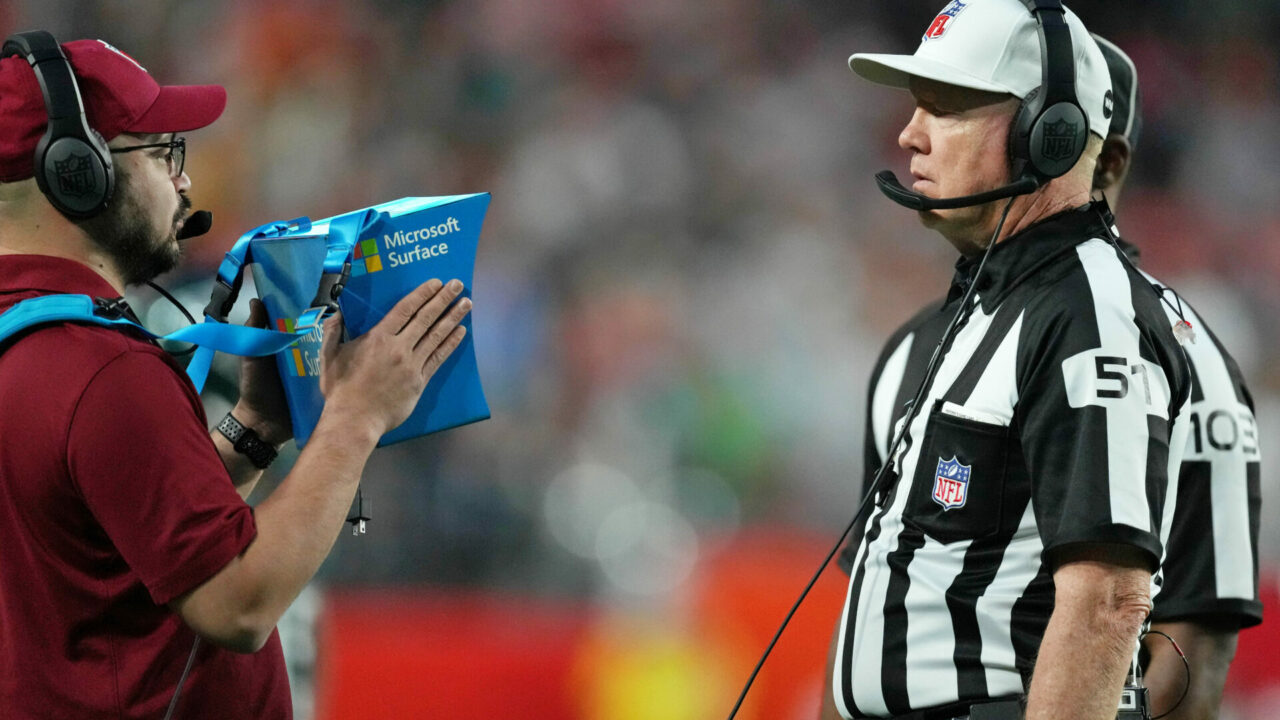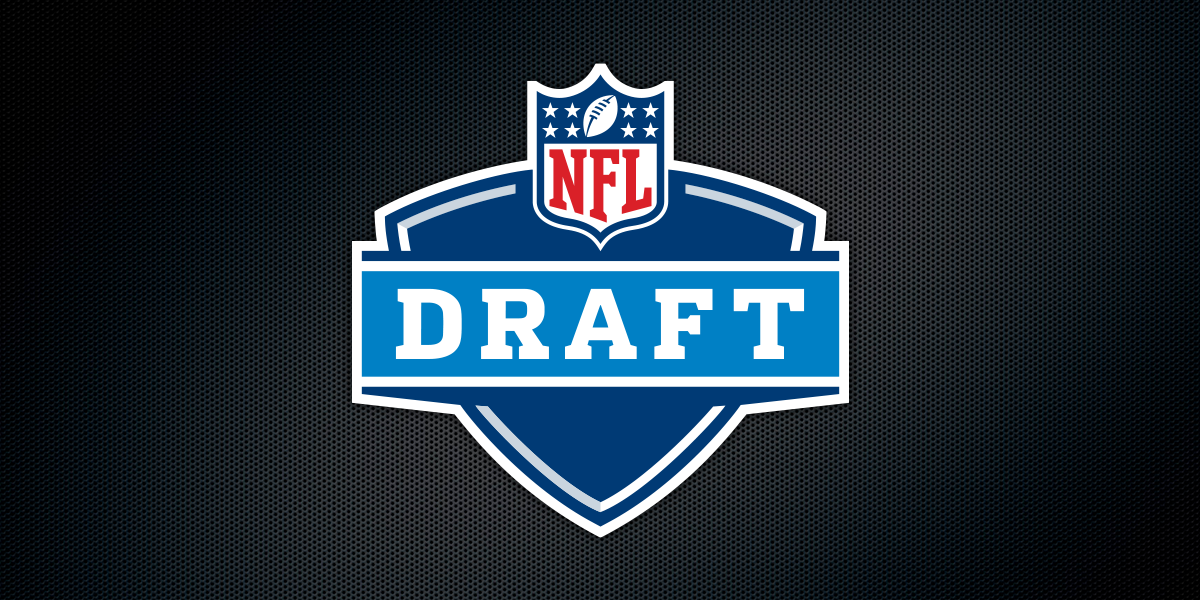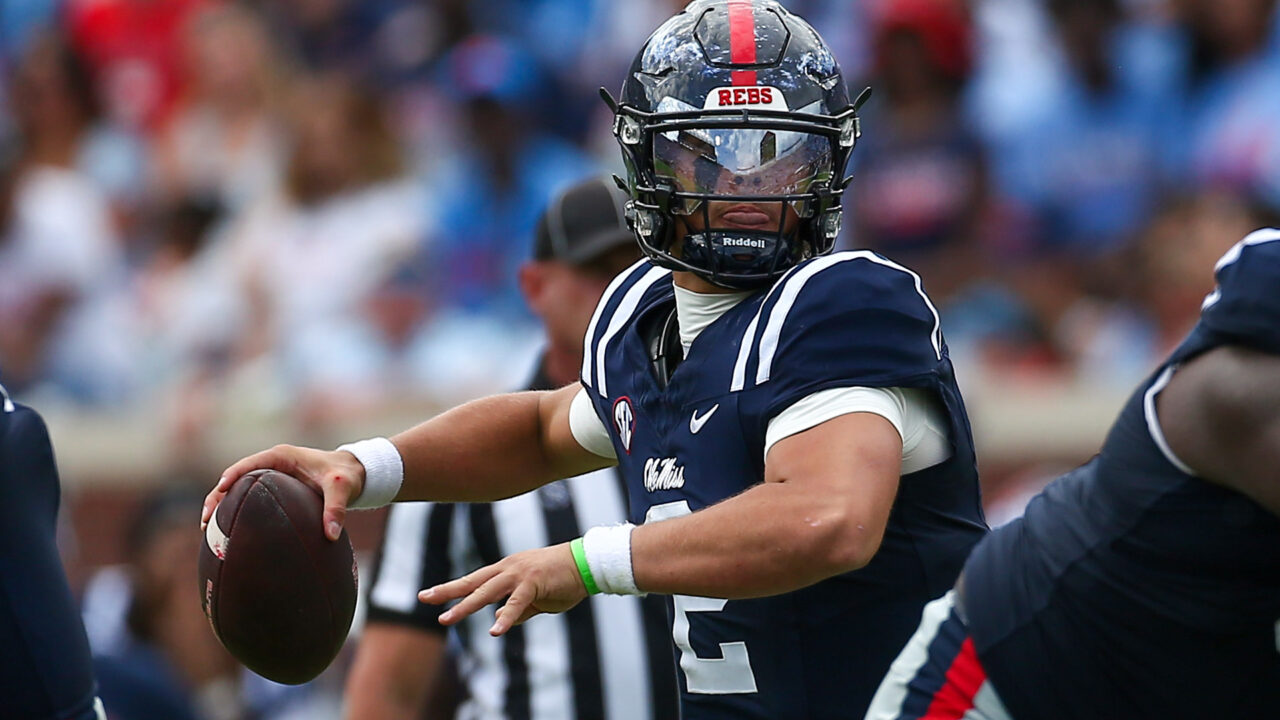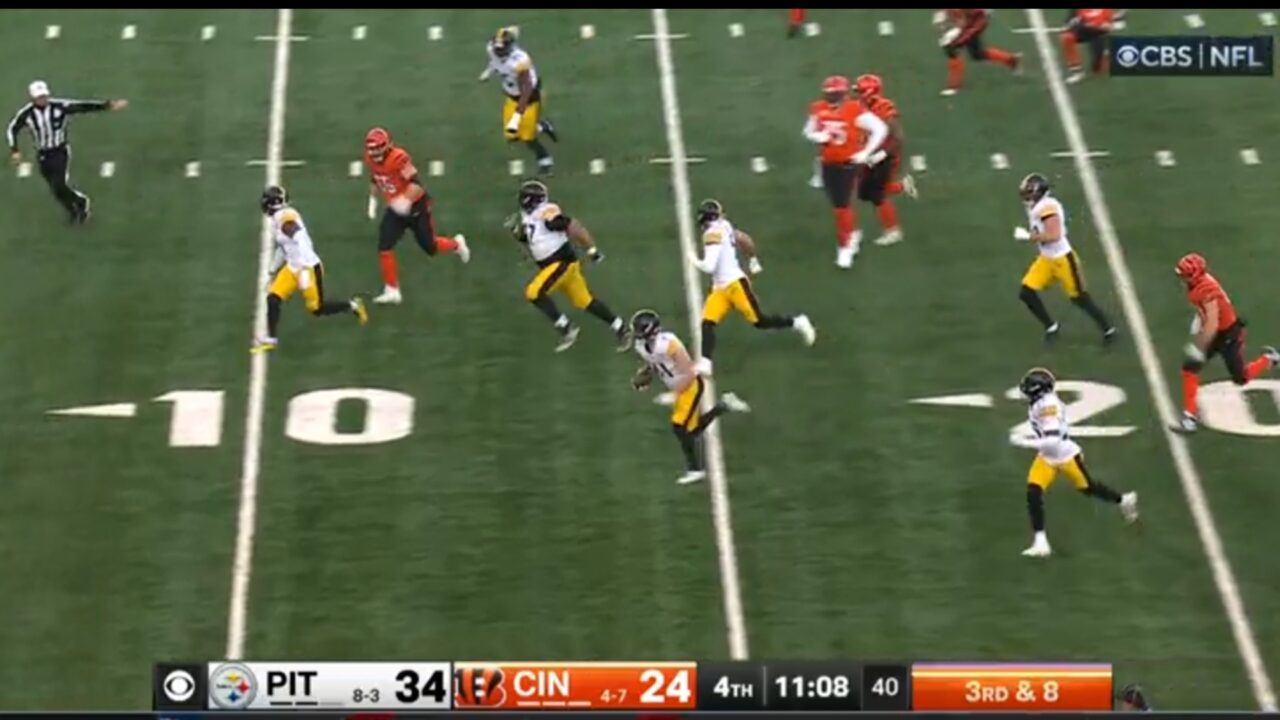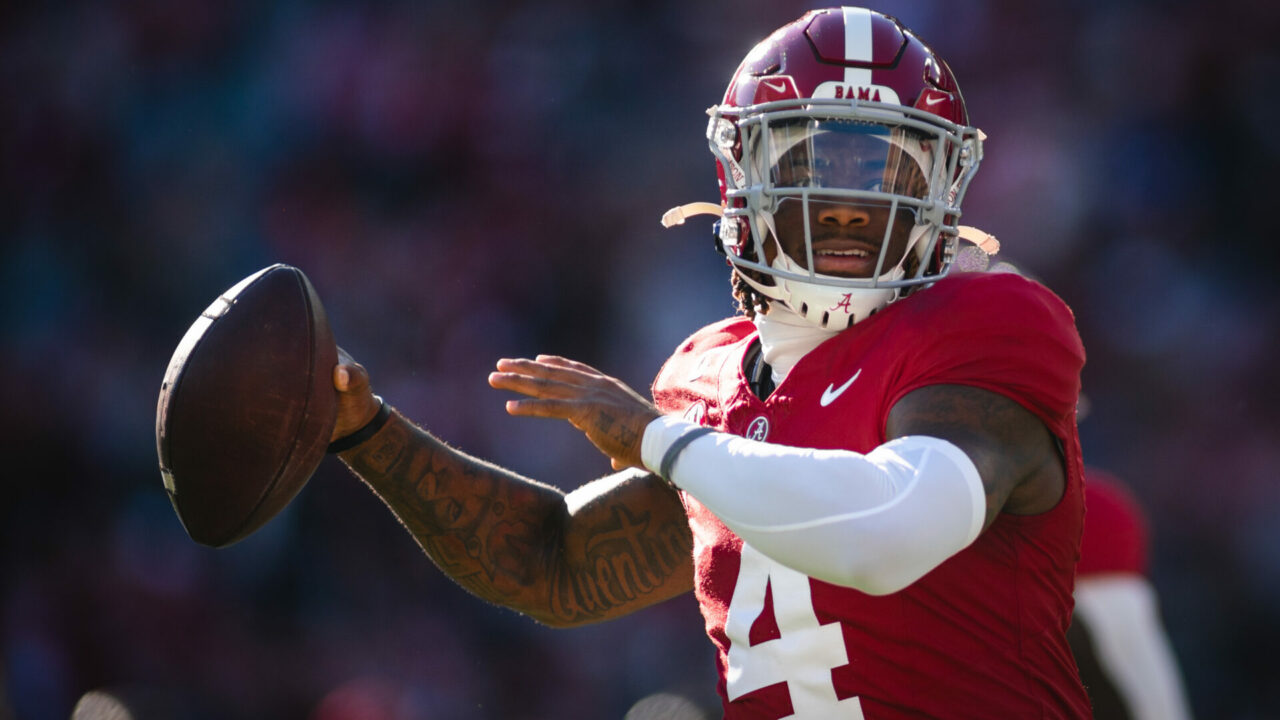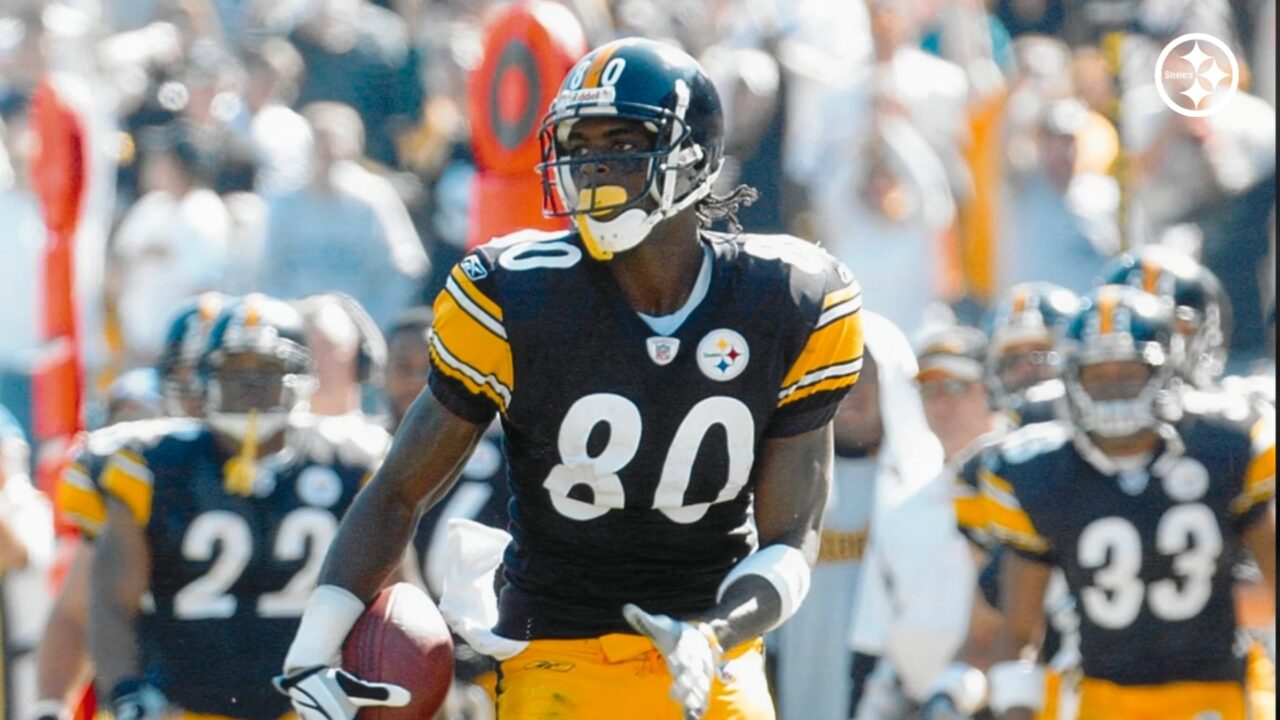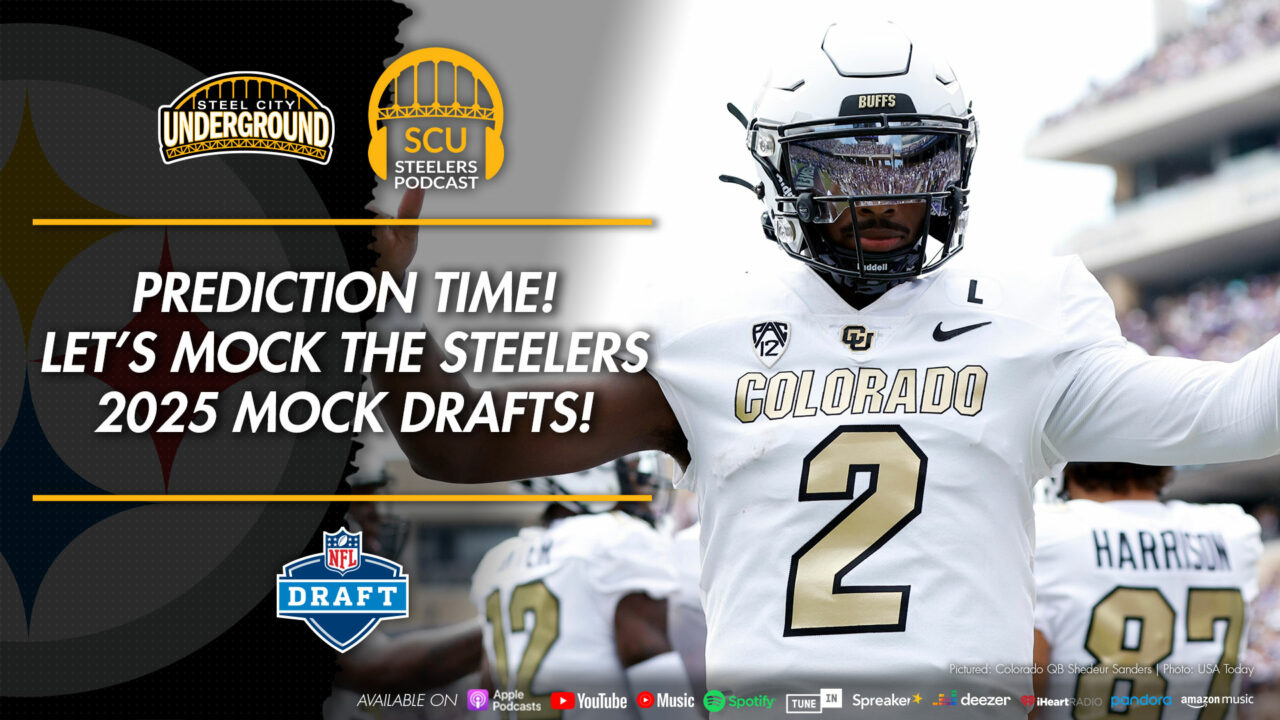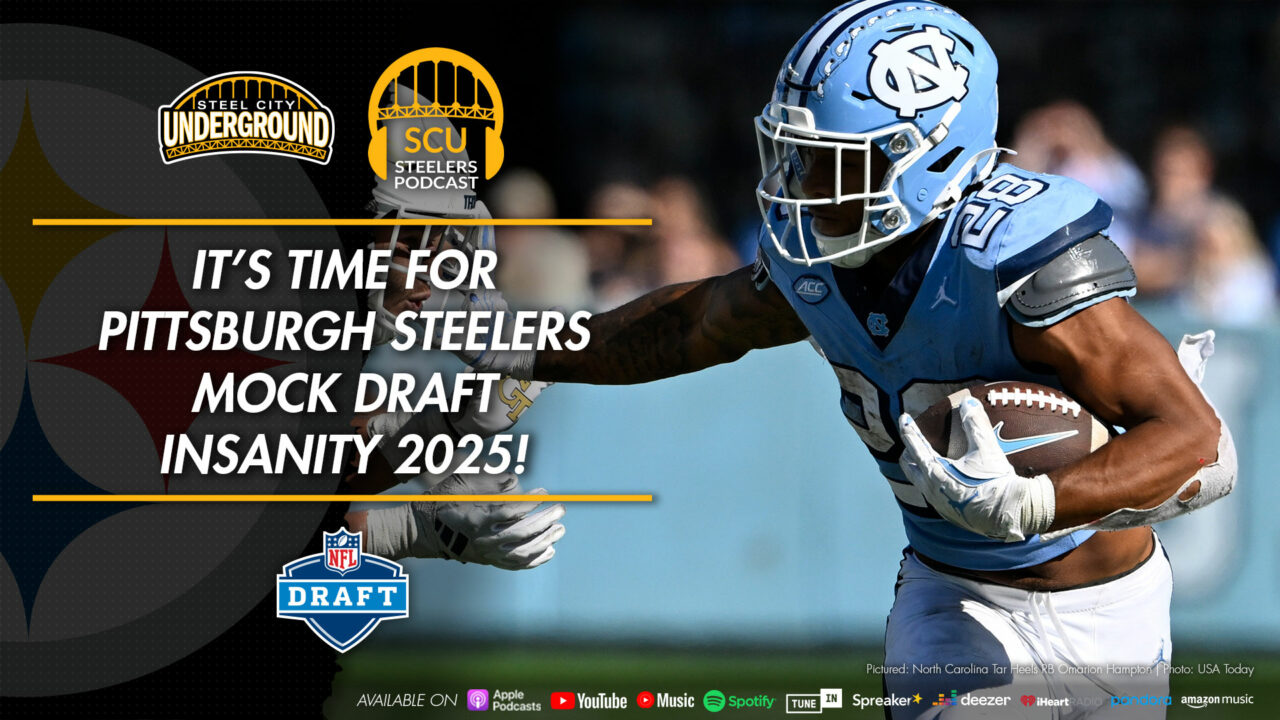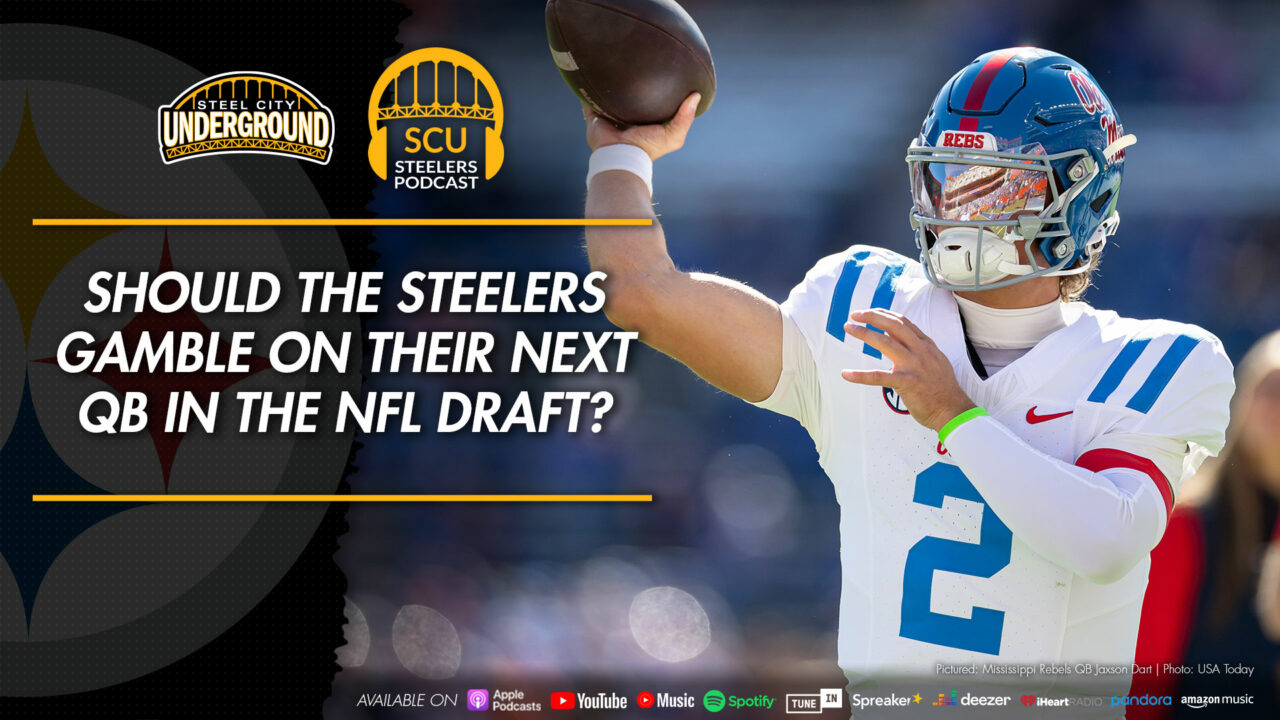Overreactions from Steelers Nation: NFL officiating and how to fix it
Welcome to my weekly edition of “Overreactions from Steelers Nation” a weekly column where I poke fun at fans, reporters, and so-called experts while trying to figure out if some of these hot takes are real – or just for attention.
Super Bowl LVII has come and gone, but it left a bad taste in the mouth of many who were watching. For Steelers fans, most had no preferred winner or loser in the game. However, it was the way the Kansas City Chiefs attained their three-point edge to win another Lombardi Trophy that left a bad impression on those fans.
To rewind, all fanbases feel as if the referees are cheating for the other team. This happens when those zebras are more noticeable on the field than they should be: that is, the best officiated games are the ones where you don’t notice they’re the third team on the field. When those officials get noticed as that extra team, it can be perceived that they influence the outcome of the game.
That was true this past Sunday, as several calls looked like headscratchers, especially the catch versus no-catch decisions, which continue to plague the NFL. In one case, Eagles WR DeVonta Smith had a bobbling ball ruled a no-catch, while his teammate, TE Dallas Goedert, had a similar play ruled in his favor.
The latter caused Chiefs head coach Andy Reid to use a challenge, which cost them a timeout when the play on the field stood as called.
Worse, Kansas City was again penalized for a “bang-bang” play in which LB Nick Bolton, who scooped and scored on a fumble earlier in the game, had a second opportunity overruled via replay when a catch was ruled against and the Eagles, up three points, were given the ball back instead.
Ahead of Sunday’s Super Bowl, NFL Commissioner Roger Goodell stated “I don’t think it’s ever been better” when asked about the controversy surrounding calls in big games.
Fans have had enough, and it goes beyond championship games. It would appear that the NFL has a major problem with human error and not wanting to use everything at their disposal to correct potential issues.
Instant Replay, which relies on using TV cameras and angles, has always been a joke. Cameramen are seldom positioned at a time or place to help the officials make a more accurate decision to keep the game’s integrity high. I can’t fathom how the NFL is a a billion-dollar industry and won’t install permanent cameras at all boundaries and goal posts? Major League Baseball even figured this out with their foul poles years ago, and FIFA has invested heavily in Goal-Line Technology (GLT) to verify when scores are to be allowed or disallowed.
FIFA has even gone to great lengths to assist their referees in judging offsides, using advanced technology that minimizes physical limitations to the human eye as well as referees who are clearly 3-4x the age of the athletes playing: athletes who get faster and stronger with sports science, as well as technological advances to everything from pads to shoes.
It’s astonishing really. The only thing I can surmise is the referee union blocks these conversations/changes to “protect” their own (many of whom have left the profession in recent years anyway!)
There’s really no reason high-definition – that is beyond even 4K or 8K imagery – shouldn’t be used. Professional tennis knows if a ball is hit in or out-of-bounds, but football hasn’t a clue.
If you recall, Steelers RB Najee Harris crossed the goal line against the Cleveland Browns in Week 18 of the regular season, but the play was ruled dead before the goal line. The onus falls on the coaching staff to successfully defeat shoddy officiating and poor camera angles, or else lose a vital timeout that may be needed later in the game. Instead of challenging, Mike Tomlin decided to keep playing: Harris would fumble and subsequently give the ball to the Browns a play later, which would cost the Steelers seven points.
The referees are now using “expedited” replays on the field, where they are radioed in information, but that still appears to be less transparent than the “sky judge” that was used in the AAF or XFL to help talk through critical calls.
Then there’s the pylon cameras, which look like the kind of video quality my Motorola Razr cellphone shot 20 years ago. Those too are usually blocked by the ample sized bodies on the field, if not the sideline officials who run in to mark the football.
Speaking of marking the football, why are we still using sticks and chains to measure first downs?
Others will point out that the NFL referee’s union doesn’t employ a full-time set of officials. I’d argue that this could help fix the game, by providing a full-time salary to officials who otherwise can’t leave or risk their 9-to-5 gigs to be a part-time participant.
However, this runs a double-edge problem of being a short-term solution for those who are in longer-term professions, such as lawyers or teachers. In the latter case, you may get fewer participants willing to take a gamble of becoming a referee, which may not help “better” the pool of officials in the long run. Some guarantees of employment would need made, and that could ultimately hinder the hiring process as well.
In that aspect, “full-time” referees are further down the list of fixing the game. Instead, the league needs to focus on using technology to make up for the deficiencies between premiere athletes and seasoned referees, who even at the top of their game, can’t possibly catch everything.
There’s also the problem with seeing things in “real time,” such as those catches in the Super Bowl. Clear and obvious errors should be eliminated, like a foot that doesn’t get down or lands out-of-bounds: but all three catches in the game should’ve been valid, in my opinion, rather than violating what soccer would refer to as “The Spirit of the Game”. That is, what feels proper.
Yet, none of what I’ve written will matter if we allow a holding call in the final moments to determine an outcome, especially when the refs “let them play” the other 58 minutes of the game.
This is a deeper issue at hand that may not be correctable, even with extra sets of eyes or cameras.
How does the NFL fix this perception problem on the largest stage? I’m not sure they can. They have allowed the floodgates of fantasy football and sportsbooks to further undermine the integrity of their games by getting in bed with them. This has caused a further questioning of whether some calls are made, or not, based on point spreads and who benefits from them.
Therefore, fans are just going to have to learn to accept what happens on the field, for better or worse. Sometimes it may be our own perception which constitutes good or bad officiating. Due to the current climate of how the games are played, we may not be able to perceive this differently – but my hope would be that the NFL at least gives the refs all of the tools necessary to minimize problem areas that could lead to fewer such occurrences that could lessen interest in the game.
